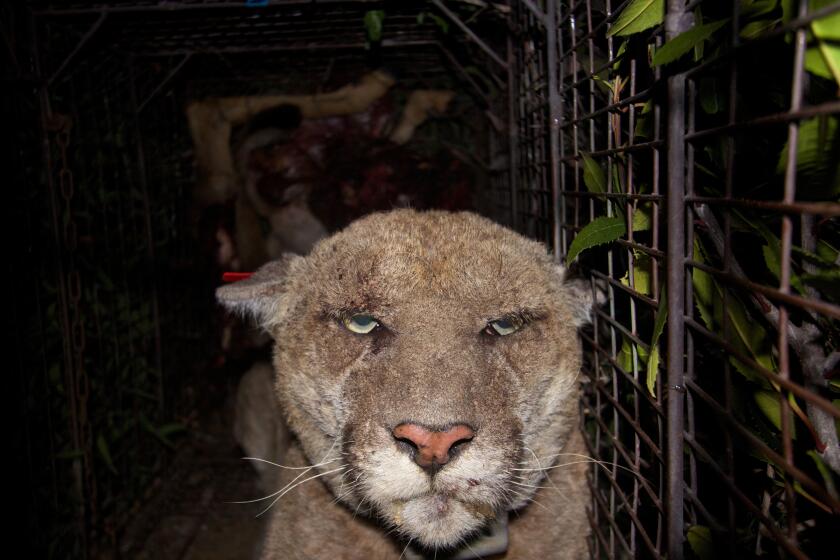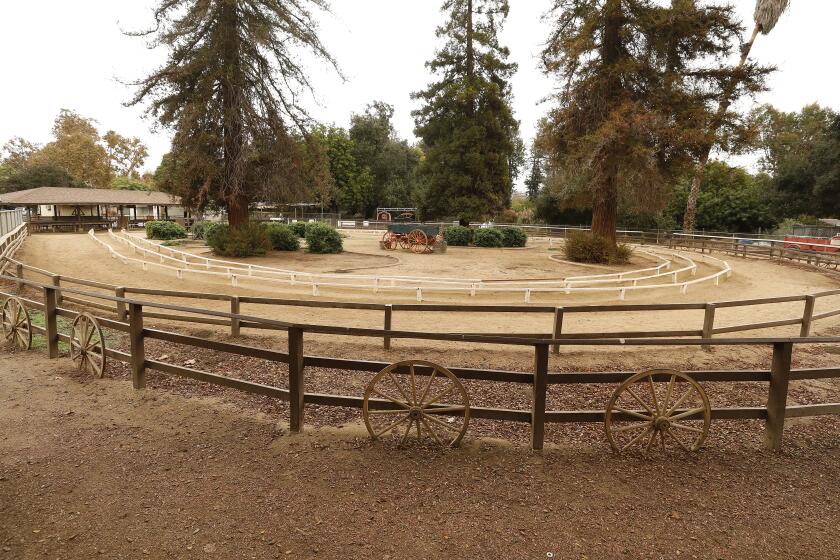Condors Return to Northern California
Four wet but excited young condors survived their first night of freedom to become the first of their species to live in Northern California in almost a century, wildlife officials said Monday.
The California condors were raised in captivity and released Sunday in the Ventana Wilderness Sanctuary of Big Sur in the hope that they will reestablish the species in the mountainous region.
They bring to 26 the number released in California and Arizona since the California Condor Recovery Program began in 1975, and stretch the birds’ range hundreds of miles to the north.
“The last time a bird of this age was in the Ventana Wilderness was 1906,” said sanctuary president Jim Davis. “The last time a bird visited this area from Southern California was 1977.”
The showoff among the four condors is the youngest of its species, and known only as No. 45.
While the other three birds took cautious hops once released from their pen, No. 45 flew a quarter-mile and spent the rainy night perched in a tree.
The condors exhibited what biologists called “frolicking behavior” when they were released, Davis said.
“They jumped around, they twirled around, they took hopping flights, short flights,” he said.
The condors--one female and three males--each weigh about 20 pounds and have 9-foot wingspans.
California condors, which once ranged from British Columbia to Baja California and from the Pacific Coast to Texas, are among the world’s rarest birds. Lead poisoning from the bullets that killed their carrion, powerful pesticides, hunters and high-tension wires helped bring the condor count down to 22 in 1982.
The juvenile birds will be fed animal carcasses until they learn to fend for themselves, and will be monitored through transmitters mounted on their backs.
The birds, like others in captivity, have been trained to avoid the high-tension wires. They were zapped with mild electric shocks when they landed on fake utility poles.
Biologists hope they will begin mating and producing offspring in six years.
“You’re always going to have some chance of mortality,” Davis said. “But I think the chances of them breeding in the wild are very good.”
More to Read
Sign up for Essential California
The most important California stories and recommendations in your inbox every morning.
You may occasionally receive promotional content from the Los Angeles Times.










